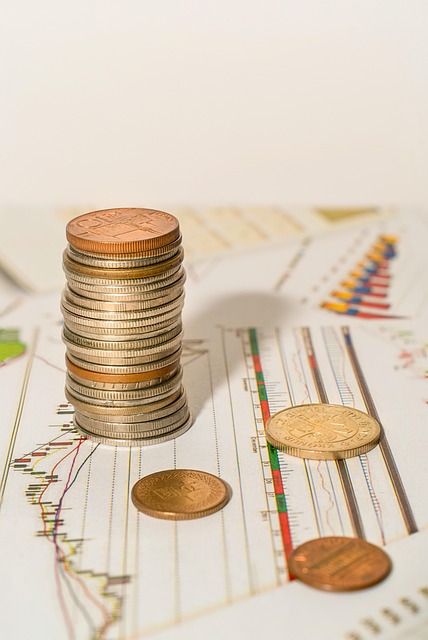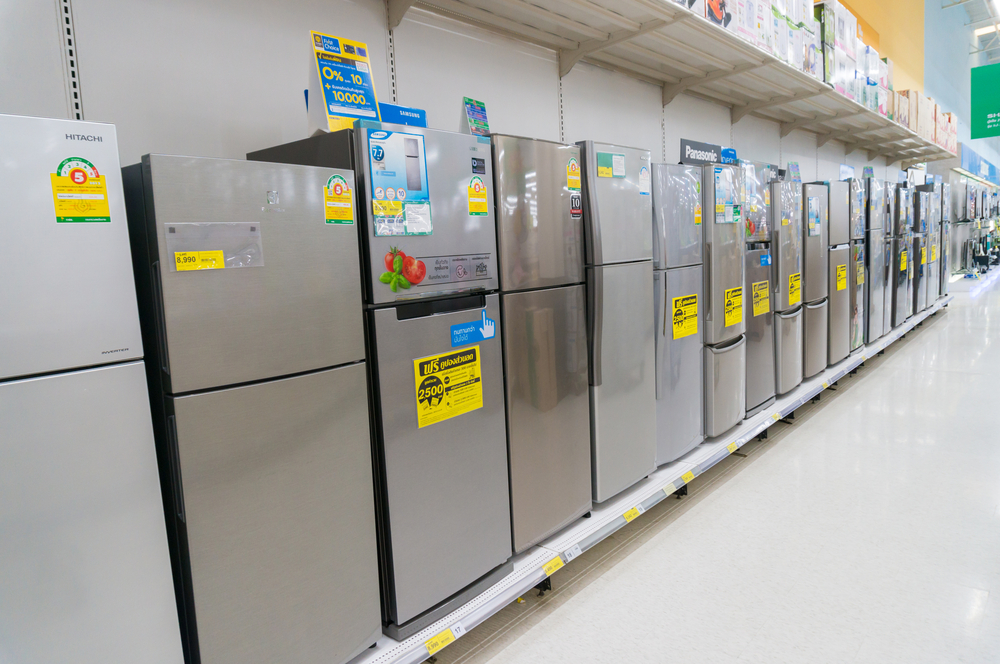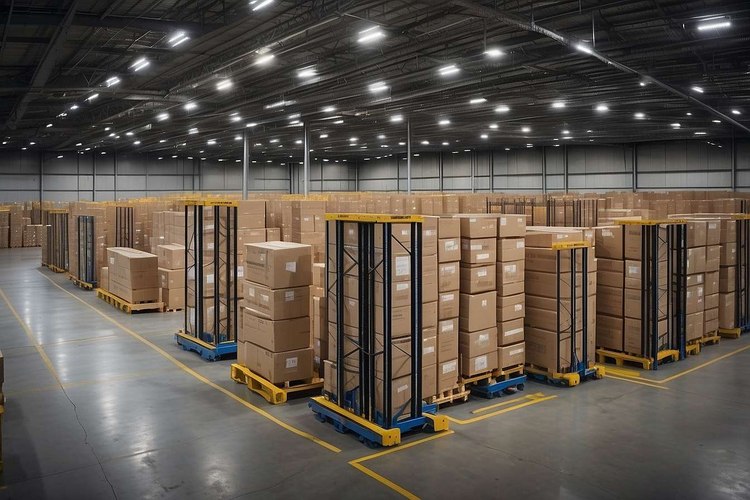Unlock the Potential: Your Ultimate Guide to the Best Online Marketplace for Game Skins in 2025
Virtual cosmetics have evolved from simple aesthetic additions to valuable digital assets that players can buy, sell, and trade. With the rise of dedicated platforms facilitating these transactions, understanding how these marketplaces operate and what makes them reliable has become essential for anyone interested in participating in this growing economy. Whether you're looking to monetize your collection or acquire rare items, knowing the landscape helps you make informed decisions.

How Gamers Are Turning Virtual Items Into Tradable Assets Through Trusted Skin Marketplaces
The gaming industry has witnessed a remarkable transformation in how players perceive virtual items. What once existed solely within game environments now circulates through dedicated marketplaces where users buy, sell, and trade digital assets. Popular games like Counter-Strike, Dota 2, and Rust have established robust economies around cosmetic items, with some rare skins commanding prices comparable to physical collectibles.
Trusted skin marketplaces serve as intermediaries, connecting sellers with buyers while providing security measures that protect both parties. These platforms verify item authenticity, facilitate secure transactions, and often hold items in escrow until payment clears. Gamers leverage these services to monetize items they no longer need or to acquire specific skins that enhance their gaming experience. The process typically involves linking your game account, listing items with asking prices, and receiving payment through various methods including bank transfers, digital wallets, or cryptocurrency.
What to Look for in a Trading Platform: Security, Value, and Ease of Use
Selecting the right marketplace requires careful evaluation of several critical factors. Security stands as the foremost consideration. Reputable platforms implement two-factor authentication, SSL encryption, and transparent dispute resolution processes. Look for marketplaces with established track records, positive user reviews, and clear policies regarding fraud protection.
Value assessment involves comparing the fees charged by different platforms and the typical sale prices items fetch. Some marketplaces take smaller commissions but attract fewer buyers, while others charge higher fees but offer greater visibility and faster transactions. Ease of use encompasses intuitive interfaces, straightforward listing processes, and responsive customer support. Platforms that provide mobile applications, real-time price tracking, and automated trading features can significantly enhance the user experience.
Additionally, payment flexibility matters. The best marketplaces support multiple withdrawal methods, process payments promptly, and maintain reasonable minimum payout thresholds. Community features like user ratings, seller verification badges, and transaction histories help build trust within the ecosystem.
Why Even Beginners Can Start Trading With Little to No Upfront Investment
One of the most appealing aspects of skin trading is its accessibility. Unlike traditional investment markets that often require substantial capital, beginners can enter the virtual item marketplace with minimal financial commitment. Many players already own tradable items from regular gameplay, in-game drops, or promotional events. These items, regardless of initial value, can serve as starting inventory.
Several platforms offer bonus programs, referral rewards, or promotional credits that provide newcomers with small amounts of trading capital. Additionally, some marketplaces feature free-to-enter giveaways or contests where participants can win items to begin trading. The learning curve is relatively gentle, with most platforms providing tutorials, price guides, and market analysis tools that help beginners understand item valuation and market dynamics.
Starting small allows new traders to familiarize themselves with platform mechanics, develop pricing strategies, and build reputations without risking significant funds. As confidence and knowledge grow, traders can gradually expand their activities and explore more valuable items.
Understanding Marketplace Fee Structures and Cost Considerations
Every marketplace operates with a fee structure that impacts profitability. Understanding these costs is crucial for maximizing returns. Most platforms charge transaction fees, typically ranging from 2% to 15% of the sale price, depending on the marketplace and item type. Some services implement tiered fee systems where higher-volume traders receive reduced commission rates.
Additional costs may include withdrawal fees, currency conversion charges, and premium membership subscriptions that unlock enhanced features. Payment method selection also affects costs, as certain options incur higher processing fees than others. For example, bank transfers might be cheaper than instant cryptocurrency withdrawals.
| Marketplace Type | Typical Transaction Fee | Withdrawal Fee | Additional Costs |
|---|---|---|---|
| Peer-to-Peer Platforms | 2% - 5% | $1 - $5 or 1% | Currency conversion (1-3%) |
| Marketplace Intermediaries | 5% - 10% | Variable by method | Premium features ($5-$15/month) |
| Auction-Based Sites | 10% - 15% | $2 - $10 | Listing fees for high-value items |
| Direct Trading Communities | 0% - 3% | Minimal or none | Trust-based risks |
Prices, rates, or cost estimates mentioned in this article are based on the latest available information but may change over time. Independent research is advised before making financial decisions.
Beyond marketplace fees, traders should consider the time investment required for research, listing management, and customer communication. Successful trading often involves monitoring market trends, adjusting prices competitively, and maintaining positive seller ratings through reliable service.
Evaluating Item Value and Market Trends
Accurate item valuation separates profitable traders from those who struggle. Multiple factors influence skin prices, including rarity, aesthetic appeal, game popularity, and current market demand. Limited edition items, discontinued skins, and those associated with professional esports events typically command premium prices.
Market trends fluctuate based on game updates, seasonal events, and broader gaming community interests. Tools like price history graphs, market volume indicators, and community sentiment analysis help traders identify optimal buying and selling opportunities. Experienced traders often track multiple items simultaneously, diversifying their portfolios to mitigate risk.
External factors also play roles in valuation. Major tournament announcements can spike interest in specific game skins, while game developer decisions regarding item availability directly impact scarcity and value. Staying informed through gaming news, marketplace forums, and social media channels provides competitive advantages.
Understanding the difference between quick-flip opportunities and long-term investments helps traders develop strategies aligned with their goals. Some focus on high-volume, low-margin trades, while others specialize in rare items that appreciate over extended periods.
Building a Sustainable Trading Practice
Successful skin trading extends beyond individual transactions. Developing a sustainable practice involves continuous learning, risk management, and ethical conduct. Setting realistic profit goals, maintaining detailed transaction records, and avoiding emotional decision-making contribute to long-term success.
Reputation matters significantly in trading communities. Honest descriptions, prompt communication, and fair pricing build trust that leads to repeat customers and positive reviews. Many platforms reward reliable sellers with visibility boosts and reduced fees.
Diversification protects against market volatility. Rather than concentrating resources in single high-value items, spreading investments across multiple games, item types, and price ranges creates stability. Regularly reassessing strategies based on performance data and market conditions ensures adaptability.
As the virtual item economy continues maturing, opportunities for knowledgeable traders expand. Whether pursuing trading as a hobby or supplementary income source, approaching it with research, patience, and ethical practices positions participants for rewarding experiences in the evolving landscape of digital asset exchange.




